Hong Kong by Night – A Civil Engineer’s Perspective

By Vanja Keindl, M.Eng.
Read on Croatian here
A City That Never Stops Transforming
Returning to Hong Kong after thirty years reveals a city in constant evolution. Skyscrapers, bridges, and public spaces showcase modern engineering and urban design principles. At night, LED screens and water reflections form a new architecture of light – one that emphasizes building proportions and the dynamic rhythm of city life.
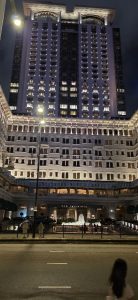

Nathan Road and the Evolution of Light
The once-iconic neon signs along Nathan Road have been replaced or reduced, giving way to LED screens. From an engineering perspective, this shift represents not only an aesthetic change but a move toward energy efficiency, safety, and sustainability. The city continually balances functionality, technology, and visual identity.
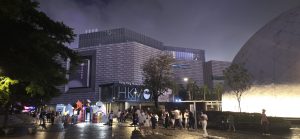

Urban and Engineering Details
The Avenue of Stars and its surrounding areas exemplify carefully planned public design. Lighting, reflections, and material contrasts highlight structural elements and spatial proportions. Every façade and street tells a story of how architecture, technology, and rhythm intertwine in modern Hong Kong.
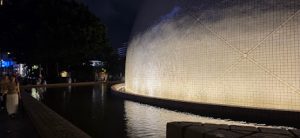

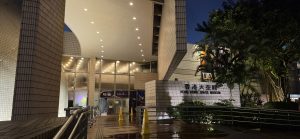

LED, Reflections, and the Rhythm of the City
Nighttime Hong Kong functions as a living network of light, symmetry, and movement. LED technology is not merely decorative – it’s a new urban language. Within the contrasts of reflection and shadow lies a delicate balance between tradition and innovation.
Conclusion
Hong Kong by night offers a fascinating field of study for engineers, architects, and urban enthusiasts alike. Its luminous landscape and spatial proportions reveal a city that is both functional and visually poetic. Through her lens, Vanja Keindl captures the harmony where technology and architecture coexist in perfect balance.

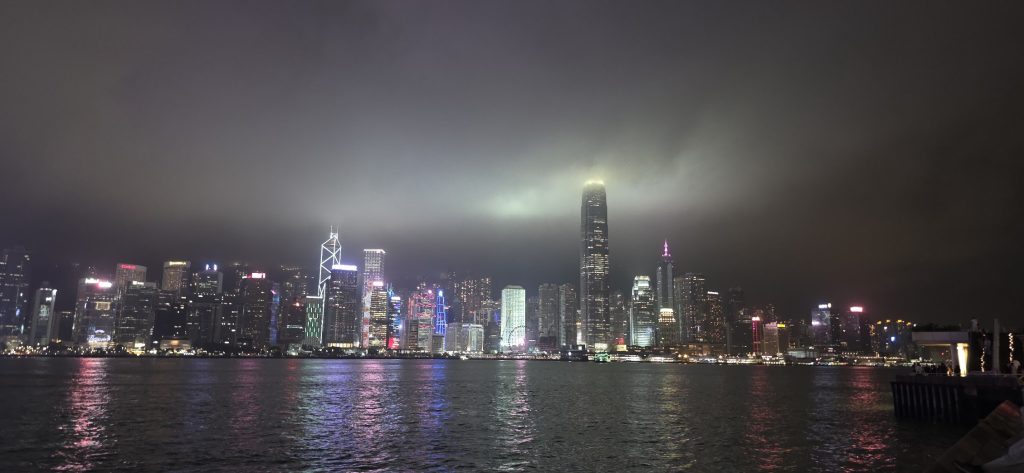


Leave a Reply